- 2613
- 0
Sharing Ideas and Updates on LPG in Nigeria and related information to enable effective collaboration within the LPG Value Chain
Renewable Liquid Gas A Better Alternative For LPG?
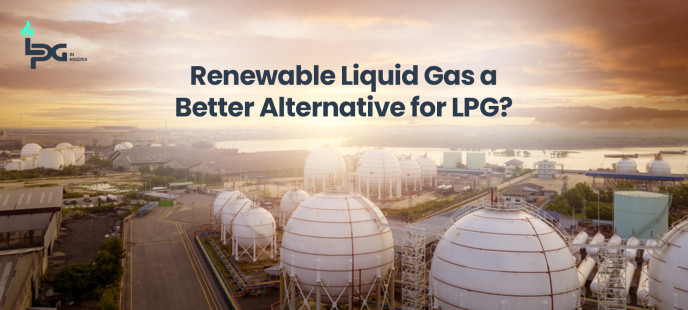
As the world transitions to cleaner energy sources to combat climate change, Renewable Liquid Gas (RLG) is emerging as a promising solution for reducing carbon emissions, especially in rural and off-grid areas. With its ability to deliver up to 90% lower carbon emissions compared to conventional fuels, Renewable Liquid Gas presents an affordable, convenient, and practical path to decarbonisation without the need for extensive infrastructure upgrades.
This blog explores the key features, benefits, and future potential of Renewable Liquid Gas as put forward by World Liquefied Gas Association (WLGA) and why it could be a vital energy source for both consumers and businesses looking to transition to a more sustainable energy future.
What is Renewable Liquid Gas (RLG)?
Renewable Liquid Gas is a low-carbon alternative to conventional Liquefied Petroleum Gas (LPG). It is produced from a diverse mix of renewable feedstocks, such as:
Biomass (e.g., agricultural and forestry residues)
Waste oils and fats
Renewable hydrogen
Advanced chemical processes that convert renewable materials into gas
What makes Renewable Liquid Gas unique is that it can be used as a drop-in replacement for traditional LPG. This means it has similar chemical properties to LPG and can be used in existing appliances and infrastructure without the need for costly modifications or upgrades.
Why Renewable Liquid Gas is a Perfect Fit for Off-Grid Areas
One of the biggest challenges in decarbonising rural and off-grid areas is the lack of access to traditional energy grids. In these areas, homes and businesses often rely on bottled LPG or diesel generators for heating, cooking, and electricity.
Renewable Liquid Gas offers a practical solution to this challenge by providing a low-carbon fuel that can be easily transported and stored, just like conventional LPG. Here’s why it is particularly beneficial for off-grid homes and businesses:
Affordable and Convenient
Renewable Liquid Gas is cost-effective and can be blended with conventional LPG, allowing consumers to gradually transition to a lower-carbon fuel without a significant upfront investment. For businesses in rural areas, this means lower operating costs in the long term as they move away from expensive fossil fuels.
No Need to Upgrade Equipment
Since Renewable Liquid Gas has similar fuel properties to LPG, there is no need to replace existing appliances such as:
Cooking stoves
Heating systems
Water heaters
Generators
This makes it a drop-in solution that reduces carbon emissions without disrupting daily operations for homes and businesses.
Decarbonisation Made Easier with RLG
The push to reduce carbon emissions is more critical than ever, and Renewable Liquid Gas plays a significant role in helping achieve net-zero targets. Here’s how it compares to other fuels in terms of environmental impact:
Fuel Type
CO2 Emissions Reduction
Other Emissions (NOx, SOx, PM)
Coal
Baseline (no reduction)
High
Heating Oil
20% less CO2 than coal
High
Conventional LPG
35% less CO2 than coal
Low
Renewable Liquid Gas
Up to 90% less CO2
Low (similar to LPG)
Lower Carbon Footprint
The primary mission behind the development of Renewable Liquid Gas is to further reduce the carbon footprint of conventional LPG, which already emits 35% less CO2 than coal and 20% less than heating oil.
By replacing conventional LPG with Renewable Liquid Gas, homes and businesses can achieve up to 90% reduction in their carbon emissions, making it a key player in the global decarbonisation strategy.
Low NOx, SOx, and PM Emissions
In addition to reducing CO2 emissions, Renewable Liquid Gas emits low levels of nitrogen oxides (NOx), sulphur oxides (SOx), and particulate matter (PM) — pollutants that contribute to air pollution and respiratory diseases.
This makes RLG a clean-burning fuel that supports better air quality, particularly in rural areas where households often rely on solid fuels like firewood and charcoal, which are harmful to both human health and the environment.
A Readily Available Solution for Today’s Energy Needs
Unlike some renewable energy solutions that are still in development or limited to pilot projects, Renewable Liquid Gas is already available on the European market. It is being produced in increasing quantities to meet the growing demand for cleaner fuels.
Some key points to note about its availability and scalability include:
Existing infrastructure for LPG can be used to distribute Renewable Liquid Gas, reducing the need for additional investment.
Production is scaling up, with more plants coming online to produce RLG from various renewable feedstocks.
Blending options are available, meaning that households and businesses can start using part-renewable and part-conventional LPG as the market continues to grow.
How RLG Can Power Thousands of Families and Businesses
Currently, Renewable Liquid Gas is being used to meet the energy needs of thousands of families and businesses across Europe. As production increases, the fuel will become even more accessible and affordable, making it a viable option for developing regions like Africa where energy security and affordability are critical.
Benefits of Renewable Liquid Gas for LPG Sellers and Distributors
For LPG distributors and retailers, Renewable Liquid Gas represents an exciting business opportunity. As the global push toward decarbonisation continues, consumers will increasingly seek cleaner energy alternatives, creating a new market for RLG.
Here’s why LPG sellers should consider adding Renewable Liquid Gas to their offerings:
✅ Stay Ahead of Regulations
Governments around the world are introducing stricter environmental regulations aimed at reducing carbon emissions. By offering Renewable Liquid Gas, sellers can future-proof their businesses and stay compliant with emission reduction targets.
✅ Attract Environmentally Conscious Consumers
Consumers are becoming more environmentally conscious and are actively seeking greener alternatives. By promoting Renewable Liquid Gas, LPG sellers can differentiate themselves from competitors and attract new customers who prioritise sustainability.
✅ Expand Product Offerings
Renewable Liquid Gas can be blended with conventional LPG, allowing sellers to offer blended products that gradually transition customers to a fully renewable solution. This creates a smoother transition process for both sellers and consumers.
The Future of Renewable Liquid Gas
While Renewable Liquid Gas is already available in Europe, its potential in Africa and other developing regions is immense. Countries like Nigeria, where millions of people rely on bottled LPG, could benefit greatly from renewable alternatives that help reduce carbon emissions while ensuring energy security.
As the global energy market continues to evolve, Renewable Liquid Gas is poised to become a key player in the energy transition, especially for rural and off-grid areas where other renewable solutions, such as solar and wind, may be less practical or more expensive to implement.
Conclusion: Renewable Liquid Gas – A Practical Solution for a Cleaner Future
Renewable Liquid Gas is more than just a future innovation — it’s a ready-to-use solution that can help homes and businesses reduce their carbon footprint without significant costs or disruptions.
With up to 90% lower CO2 emissions and similar fuel properties to LPG, RLG is a drop-in replacement that offers a convenient and cost-effective path to decarbonisation. For off-grid rural areas, it provides an affordable and practical energy solution that supports sustainable development while ensuring energy security.
As production scales up and more markets adopt Renewable Liquid Gas, the world will move closer to a cleaner, greener energy future — one where both consumers and businesses can thrive without compromising the planet.
Would you like to add specific case studies or real-world examples to this blog to make it more relatable? Let me know!




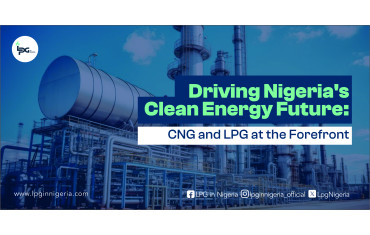
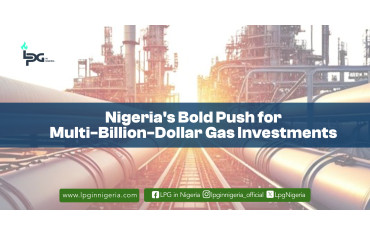
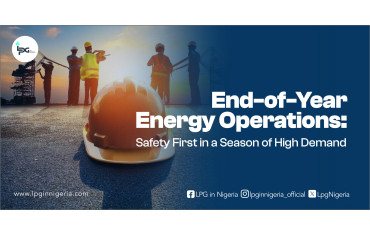
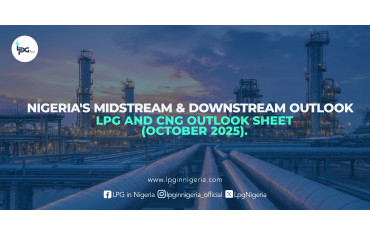
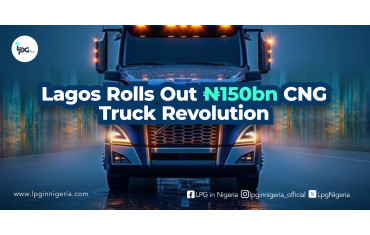
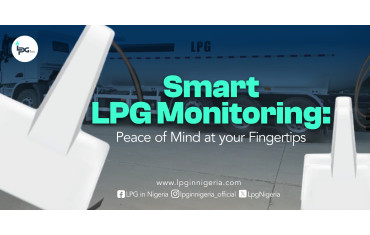
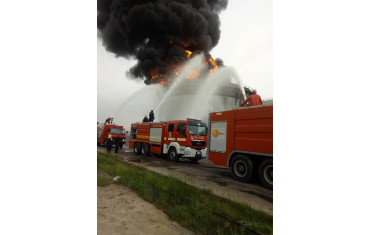
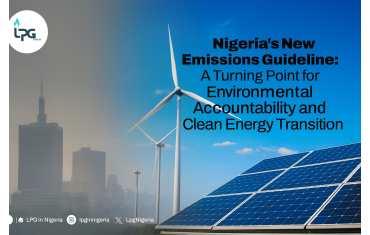
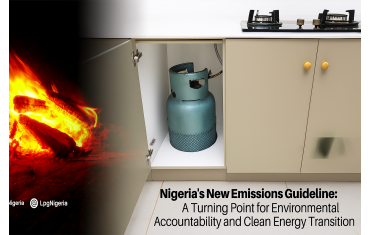
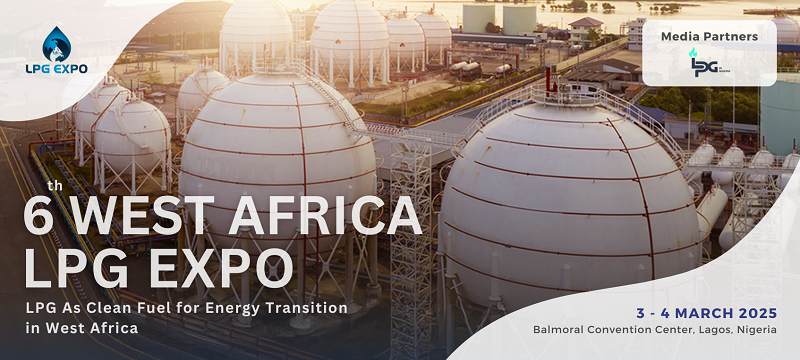

0 Comment.